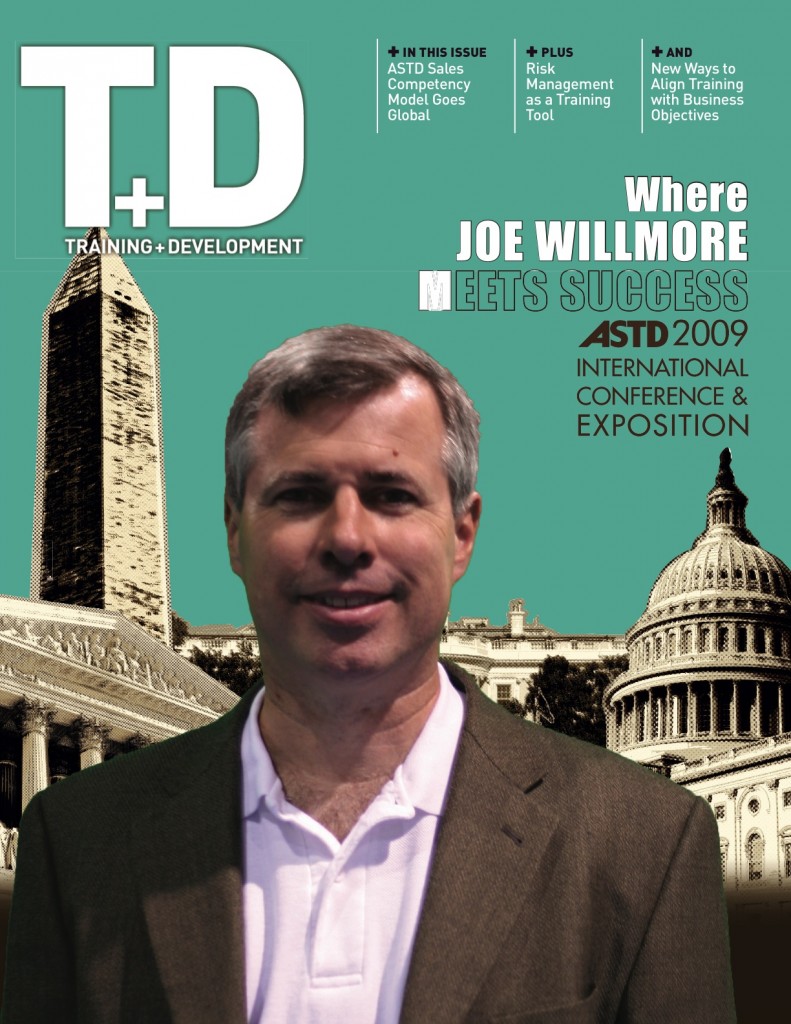I compete in dog agility with our rat terrier Ike.  In fact, I do more than compete—it’s my favorite pastime.  So it’s only natural that I’d manage to see a lot of application of my profession (performance improvement) to my pastime (agility).
For those of you not familiar with agility, it’s the world’s fastest growing canine sport.  It involves the handler and dog working as a team to negotiate a course in a specific order while following specific obstacle requirements.  So a team might have to cover twenty obstacles over 150 yards in 60 seconds without mistakes.  The obstacles usually involve some tricks, the human is usually sprinting almost the entire run and the dog is typically going even faster.  It’s an fun, healthy, addictive sport that builds the relationship you have with your dog and also provides your critter with a great job to focus on and train for.  But you didn’t check into this blog to read about dog agility—so here’s the connection I see to performance analysis. Continue reading “Dog Agility and Performance Insights”

